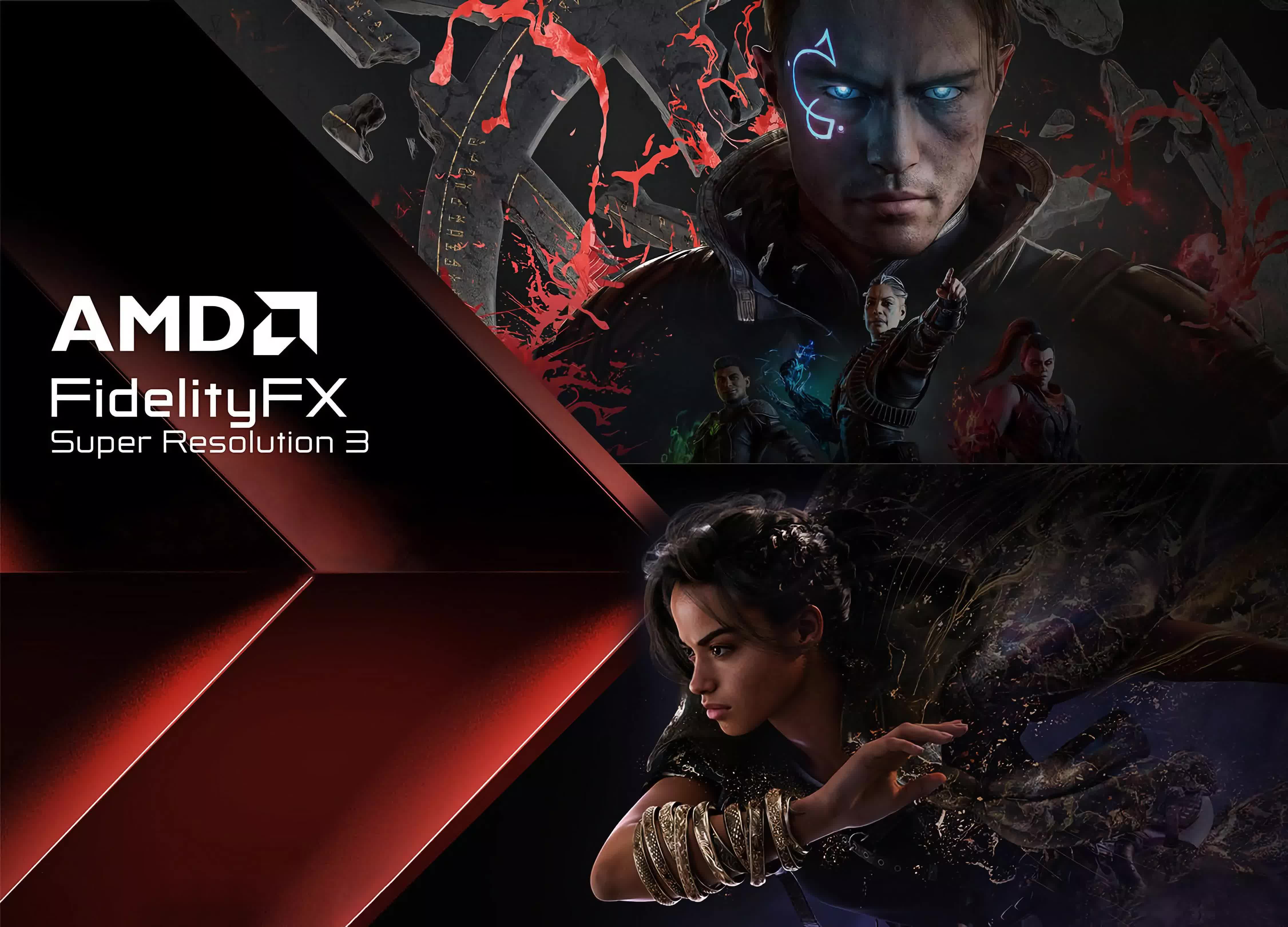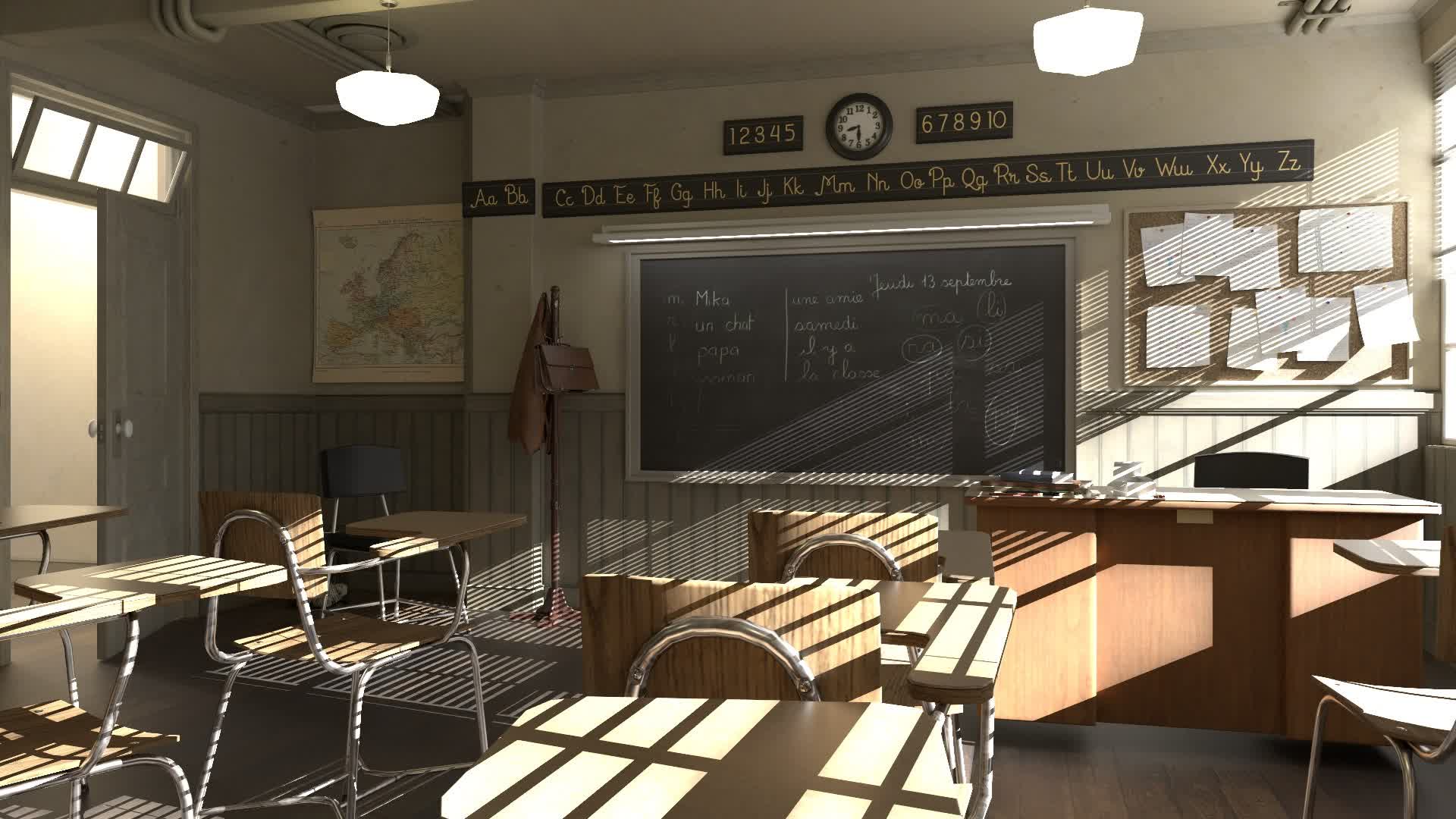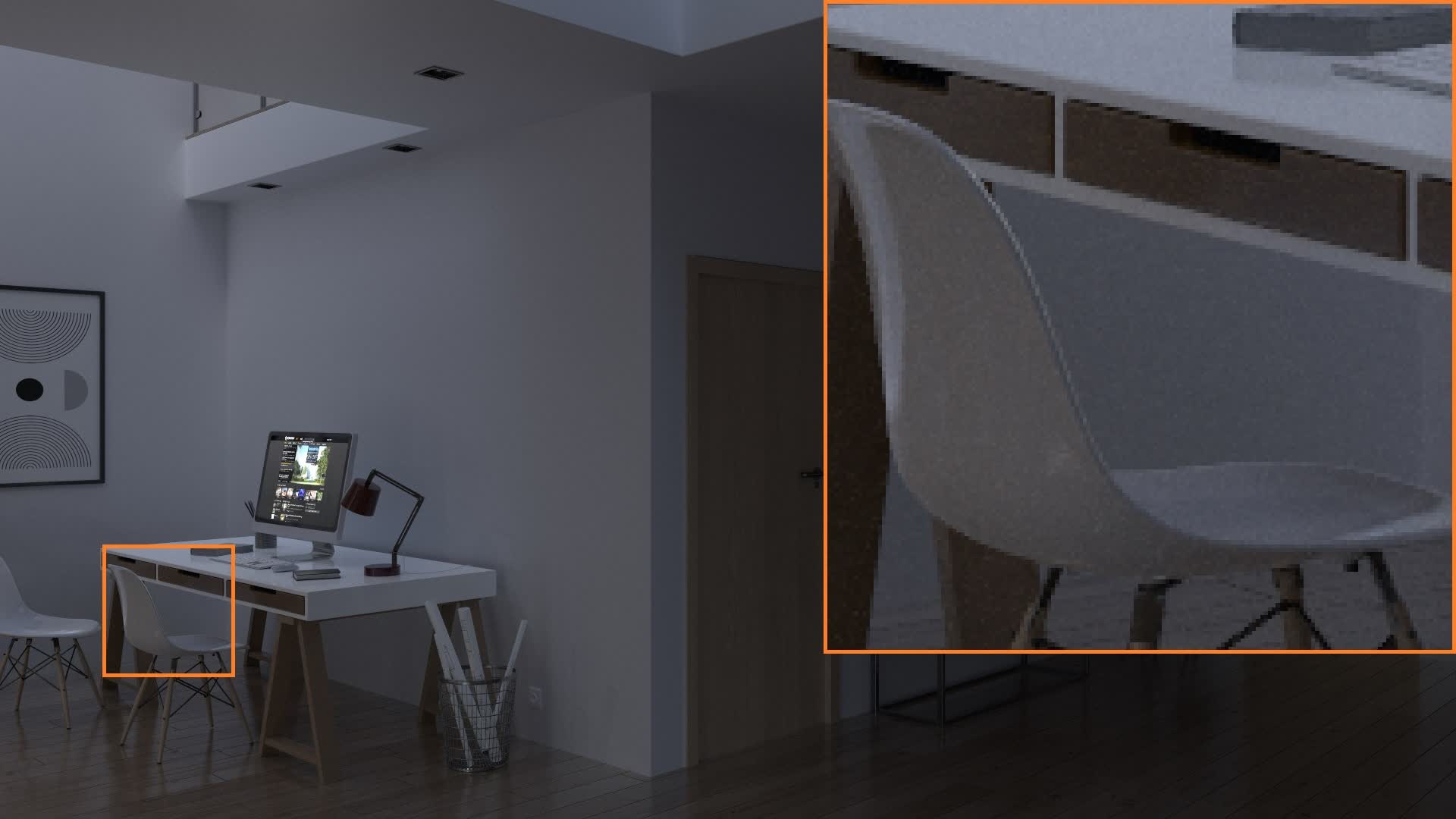Something to look forward to: Thanks to its DLSS tech, which has become something of a gold standard, Nvidia has always led the charge when it comes to upscaling and denoising techniques for boosting performance in demanding ray-traced game scenes. But AMD hasn't been sitting idle – Team Red has steadily improved its own FSR upscaling tech, and according to a new official blog post, the company is taking things to the next level.
The latest FSR 3.1 release this year brought significantly improved stability over previous versions. However, there's still room for improvement with denoising path-traced frames.
Path tracing, which uses raytracing for all lighting calculations, is hugely computationally intensive. To achieve real-time path tracing performance, the number of light ray samples calculated per pixel has to be drastically lowered. There's just one shortcoming: it introduces noise in the form of incomplete illumination data that needs to be cleaned up.
We've already seen how well Nvidia's DLSS handles games like Cyberpunk 2077 and Alan Wake II with path tracing enabled, thanks to techniques like Ray Reconstruction to remove sampling noise. Meanwhile, AMD seems to rely more on game-integrated denoisers which do a satisfactory job but can't match Nvidia's AI-powered prowess. That's because, unlike DLSS, FSR does not rely on AI or machine learning. Instead, it uses a combination of spatial and temporal upscaling.
That may change soon based on a recent AMD post. It says the company's current research efforts are centered around enabling real-time path tracing on its RDNA GPU architecture using AI neural networks.
Specifically, the innovation AMD is working on is a single neural network model that combines upscaling and denoising into one step – simultaneously reconstructing complete scene details while also removing noise.
"We are actively researching neural techniques for Monte Carlo denoising with the goal of moving towards real-time path tracing on RDNA GPUs," notes the company.
The goal is to enable "a neural supersampling and denoising technique which generates high quality denoised and supersampled images at higher display resolution than render resolution for real-time path tracing with a single neural network."

There's no indication of when we can expect this technology to come out. It's also unclear if it will work across all RDNA generations or just on future RDNA 4 and newer GPUs. The most likely scenario is that this neural denoising magic may be part of an FSR 4 release, perhaps even in a limited form.
Also unknown is exactly how AMD plans on implementing it. So far, FSR's biggest selling point has been its universal compatibility, but this could change if the feature requires specific RDNA hardware. Nonetheless, if it all pans out, a future version of FSR could help AMD finally catch up to Nvidia's DLSS.

